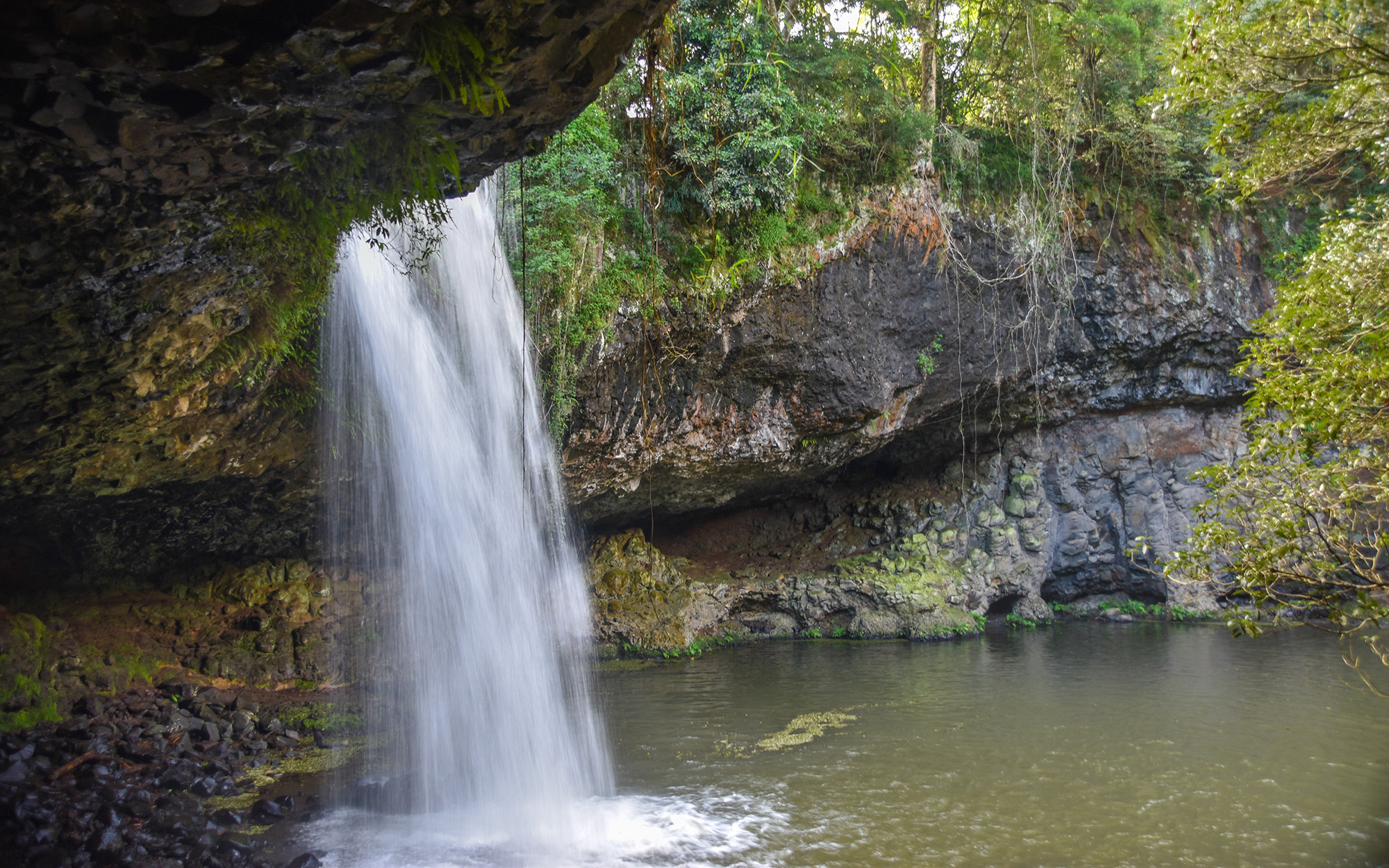Learn about series
A series of information pages on the basics of water.
What is groundwater?
Groundwater is the water below the land surface. Water gets underground by moving between gaps in rocks and sediments, travelling down from the surface or sideways from rivers and streams. Once underground, the water will keep travelling down until it meets a layer too hard to travel through. The water will then gather and build up in the space between the soil and rock grains.
Groundwater connects to rivers, streams, lakes and wetlands. It can be thousands to more than a million years old.
Groundwater behaves differently to surface water. Under natural conditions, groundwater moves from areas of recharge to areas of discharge. Groundwater levels can change naturally over time due to changes in weather patterns and climate. Groundwater levels are also affected by human extraction using wells or bores. This extraction has the potential to alter the natural flow of groundwater.
Although groundwater occurs everywhere below the ground, its quantity and quality vary. The ability to get water out of the ground (yield) and the quality of the water depends on the geology and the climate. Some groundwater is fresh and suitable for drinking. Other groundwater can be salty or contaminated, making it unsuitable for some uses.

What is groundwater?
Groundwater is the water contained within saturated rocks and sediments below the land surface.
Why is groundwater important in NSW?
Groundwater is an important source of water for towns, industries and irrigators. In many rural areas of NSW where the climate is dry, groundwater is often the main source of water. Groundwater becomes particularly important during droughts when surface water is less available.
Groundwater also plays an important role in maintaining the health of the environment. Groundwater discharge helps sustain wetlands, rivers and streams during dry periods, providing vital food and habitat for animals. Trees and other vegetation with deep roots can also tap into groundwater to survive.
How is groundwater accessed?
To access groundwater, a person typically has a bore installed into a local shallow aquifer. An aquifer is commonly understood to mean a groundwater system that can yield useful volumes of groundwater.
In some cases, a bore might be installed into a deeper aquifer underlying a shallow one, if the shallow aquifer contains salty or poor-quality water. Water is then pulled to the surface using a pump.
How is groundwater managed?
Over-extraction or contamination of groundwater can have serious, long-term and sometimes permanent effects on groundwater systems. This may reduce the volume and quality of water available for the users and ecosystems that depend on this groundwater.
Because it takes time for groundwater to recharge, it also takes groundwater longer to recover from higher use or drought than surface water sources. This means groundwater needs to be managed carefully.
As with surface water, the volume of water that can be taken from a groundwater source is defined in the water sharing plan for that water source. Water sharing plans manage water extraction for use by irrigators, industry, towns and communities to ensure there is water for the environment. The withdrawal of groundwater in 240 water sources across NSW is managed by 50 water sharing plans.
Groundwater users need a water supply work approval, and usually a water use access licence, to install a bore and take water.
Groundwater quality and contamination
Both natural events and human activities can cause contamination of groundwater. This can make it unsafe to use. This video discusses why bore construction is important in minimising contamination risks.
Who does this apply to
Everyone who wants to take and use water must hold a licence and both approvals unless an exemption applies. If you are a water user, it is your responsibility to make sure you have all necessary licenses and approvals before taking water or starting any work near a water source.
How is the department responsible?
The department's Water Group and WaterNSW share responsibility for granting and managing water access licenses and water supply work approvals. WaterNSW issues water access licenses and approvals to private entities such as rural landholders, rural industries and developments. The department's Water Group issues licenses to larger water users such as significant state developments, mining operations, irrigation corporations and government entities.
The department's Water Group is also responsible for developing water sharing plans which establish the water management rules for groundwater sources across NSW.
The Natural Resources Access Regulator (NRAR) is responsible for ensuring all water access licence holders comply with NSW legislation and the conditions of their licenses and approvals.
Breaching your conditions is an offence and you can be fined or prosecuted for breaches. If you’re not sure what to do or unable to find your conditions, please contact your licensing authority to ask.
Find more information about groundwater and how it is managed.
Learn more about water licenses and approvals, including whether to apply through the department or WaterNSW, via our interactive Water Assist.
